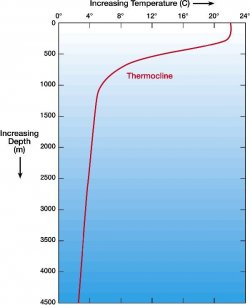Using the past as a template for the future is only valid, if underlying conditions haven't changed. Given that humans put out more CO2 in DAYS than all the volcanoes on earth do in a normal year, I believe the underlying conditions HAVE changed.
Carbon dioxide in Earth's atmosphere - Wikipedia, the free encyclopedia
Then how do you explain the 800 year lag from the warming to the concurrent rise in CO2?
If there was an 800 year lag, how can it be 'concurrent'? If you meant "current rise", I'd deny any connection between the two instances, the former being a natural fluctuation and the latter due to man. BTW, you are confirming the correlation of CO2 and heat, right?
Yes. There is a very definite correlation between heat and a rise in CO2. CO2 levels INCREASE as a RESULT of warming. There is a lag time of between 400 and 800 years for the CO2 levels to increase after warming has occured.
Why? I don't know. Perhaps the warmth allows the CO2 to escape from solution in the oceans. Perhaps the warmth allows more critters to survive with a concurrent rise in the CO2 they produce.
Who knows for sure. The one thing we DO know for sure is CO2 has no impact on the temperature of the planet. If it did, it would lead the warming instead of following by hundreds of years.
As a point of English, I use concurrent because in the geologic time scale an 800 year time lag is nothing.
Last edited:



